Thinking of switching to artificial grass? You’re not alone. Many homeowners across Durham are opting for synthetic turf to enjoy a low-maintenance, green lawn all year round. But one common question we get at Landscapers Durham. Do I really need to prepare the ground before installing artificial grass?”
The short answer is yes — and in this blog, we’ll explain why ground preparation is essential, what it involves, and how it ensures a longer-lasting, better-looking lawn.
Why Is Ground Preparation Important?
Installing artificial grass without proper ground preparation is like building a house without a foundation. The results may look fine at first, but over time, problems will start to show — from sagging patches to poor drainage and weed growth.
Here’s why preparation is critical:
- ✅ Ensures proper drainage to prevent water pooling
- ✅ Levels the surface for a smooth, professional finish
- ✅ Prevents weeds from growing through the turf
- ✅ Supports long-term durability of the installation
- ✅ Improves overall appearance and performance
Whether you’re covering soil, concrete, decking, or old turf, each surface needs specific groundwork to ensure success.
What Happens If You Skip Ground Preparation?
If you skip the prep stage, you might save a day or two — but it will likely cost you later in repairs or even full reinstallation. Here’s what can go wrong:
- Water may pool and flood sections of the lawn
- Weeds could grow through the artificial turf
- The grass could shift, sink, or wrinkle over time
- Edges may lift or curl due to poor fixing
- Uneven patches can become tripping hazards
At Landscapers Durham, we’ve corrected many poorly installed lawns due to missed prep steps. It’s always better to do it right the first time.
What Does Ground Preparation Involve?
Proper ground preparation depends on the existing surface, but here’s a typical process we follow for soil or turf-covered areas:
1. Site Clearance
We start by removing existing turf, weeds, plants, and loose debris. This creates a clean slate for the installation.
2. Excavation
We excavate the area to a depth of around 75mm–100mm, depending on soil conditions. This makes room for the sub-base layers.
3. Weed Membrane Installation
A high-quality weed membrane is laid to stop unwanted growth from pushing through the artificial turf.
4. Sub-Base Construction
We lay a crushed aggregate sub-base (usually Type 1 MOT or granite dust) and compact it to create a stable, free-draining foundation.
5. Levelling and Sand Layer
Sharp sand or granite dust is added and levelled out to form a smooth surface. This step ensures a flat and even lawn.
6. Final Checks
We inspect the area for dips, soft spots, or edges that may need reinforcing before laying the grass. This process ensures your artificial grass sits perfectly, drains well, and stands up to daily use.
Preparing Other Surfaces
Not every artificial grass installation happens on soil. Here’s how we handle different base types:
Concrete or Paving
- A foam shockpad may be added for softness
- Drainage holes might be required
- Edges are securely glued or fixed
Decking
- We use batons to level the surface
- A layer of plywood or foam may be added
- The turf is fixed with adhesive and screws
Balconies or Roofs
- Lightweight drainage layers and breathable membranes are used
- The grass is secured without damaging waterproofing layers
Each base requires a tailored approach — and that’s where Landscapers Durham excels.
How Long Does Ground Preparation Take?
For a standard 50–60m² garden, ground preparation usually takes 1 to 2 days, depending on access, weather, and soil condition. Larger or more complex sites may take longer.
We always provide a timeline as part of your free quotation so you know what to expect.
Can I Prepare the Ground Myself?
While it’s possible to prepare the ground yourself, it’s easy to make costly mistakes:
- Inadequate excavation depth
- Poor compaction of the sub-base
- Incorrect layering of materials
- Skipping weed barriers
- No edge restraints
Unless you’re experienced, we recommend leaving it to professionals. At Landscapers Durham, we use commercial-grade equipment and proven methods to ensure your artificial grass looks perfect and lasts for years.
Signs of Poor Preparation (And How to Avoid Them)
After installation, you might notice early signs of poor prep:
- The grass feels spongy or shifts underfoot
- Water sits on the surface after rain
- Edges lift or pull back
- You see weeds poking through
If you spot any of these, contact us. We offer site assessments and artificial grass repair services in Durham and surrounding areas.
Why Choose Landscapers Durham?
We’re more than just landscapers — we’re artificial grass specialists with years of experience in garden transformations across Durham. When you hire us, you get:
- ✅ Professional ground prep with the right materials
- ✅ Free site surveys and honest advice
- ✅ Durable, high-quality turf products
- ✅ Full installation including levelling, drainage, and edging
- ✅ Clean, efficient service with minimal disruption
Our goal is to make your garden look great and stay that way for years.
Final Thoughts
Yes — preparing the ground before installing artificial grass is absolutely necessary. It’s the foundation of a successful lawn. From drainage to durability, every layer under your turf plays a key role in its performance and lifespan. Cut corners on prep, and you risk weeds, bumps, and expensive repairs. Do it properly, and you’ll enjoy a lush, low-maintenance lawn all year round.

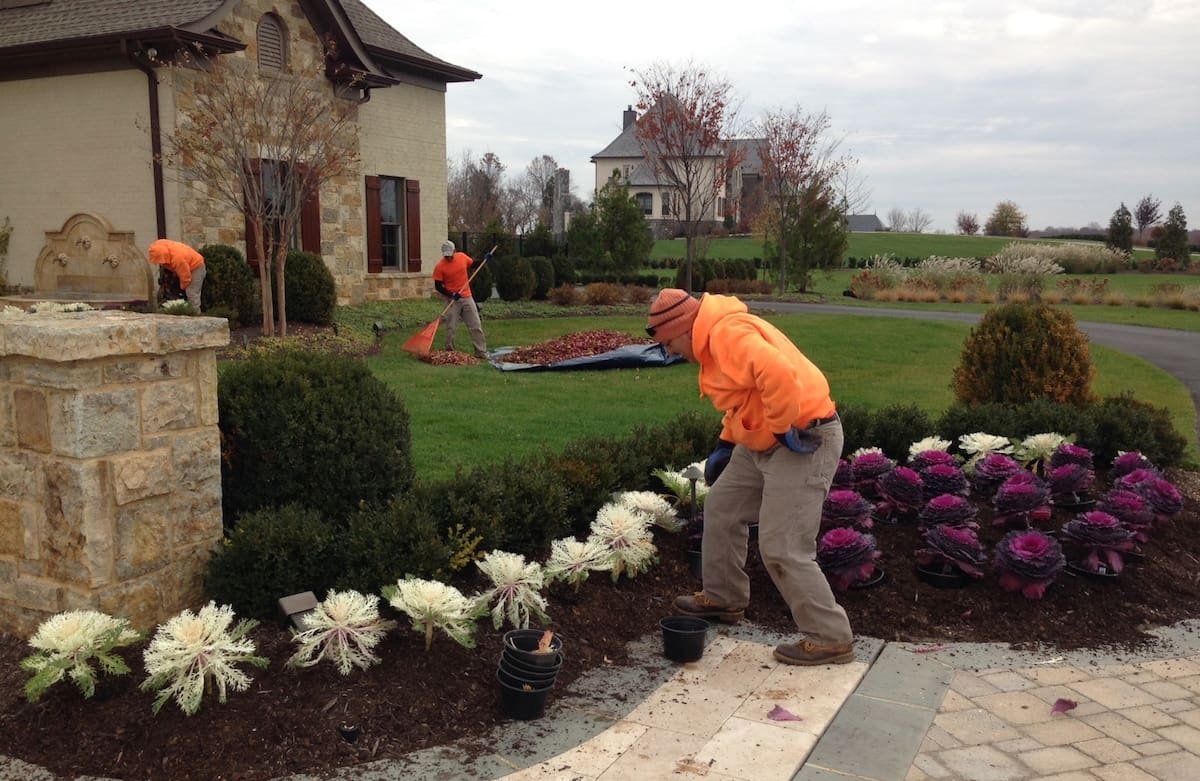
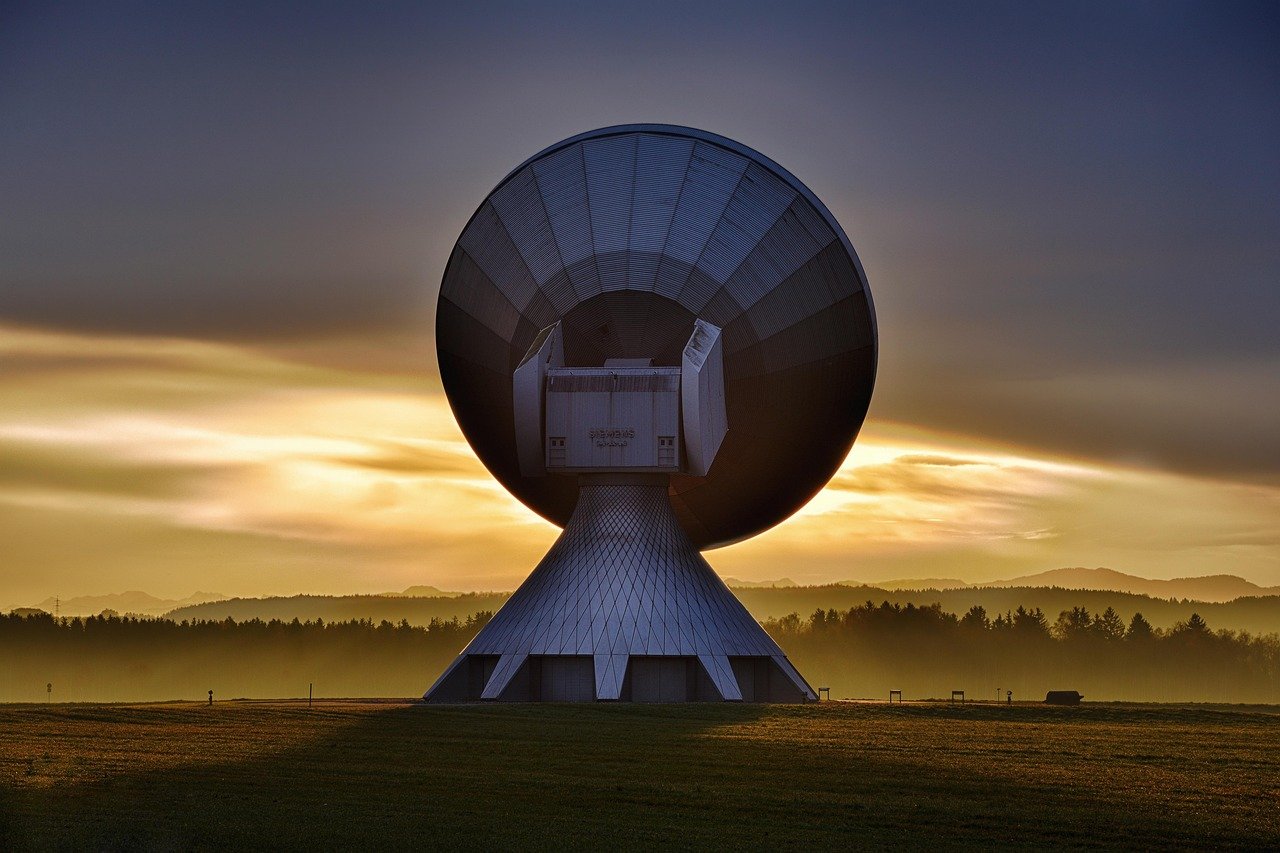
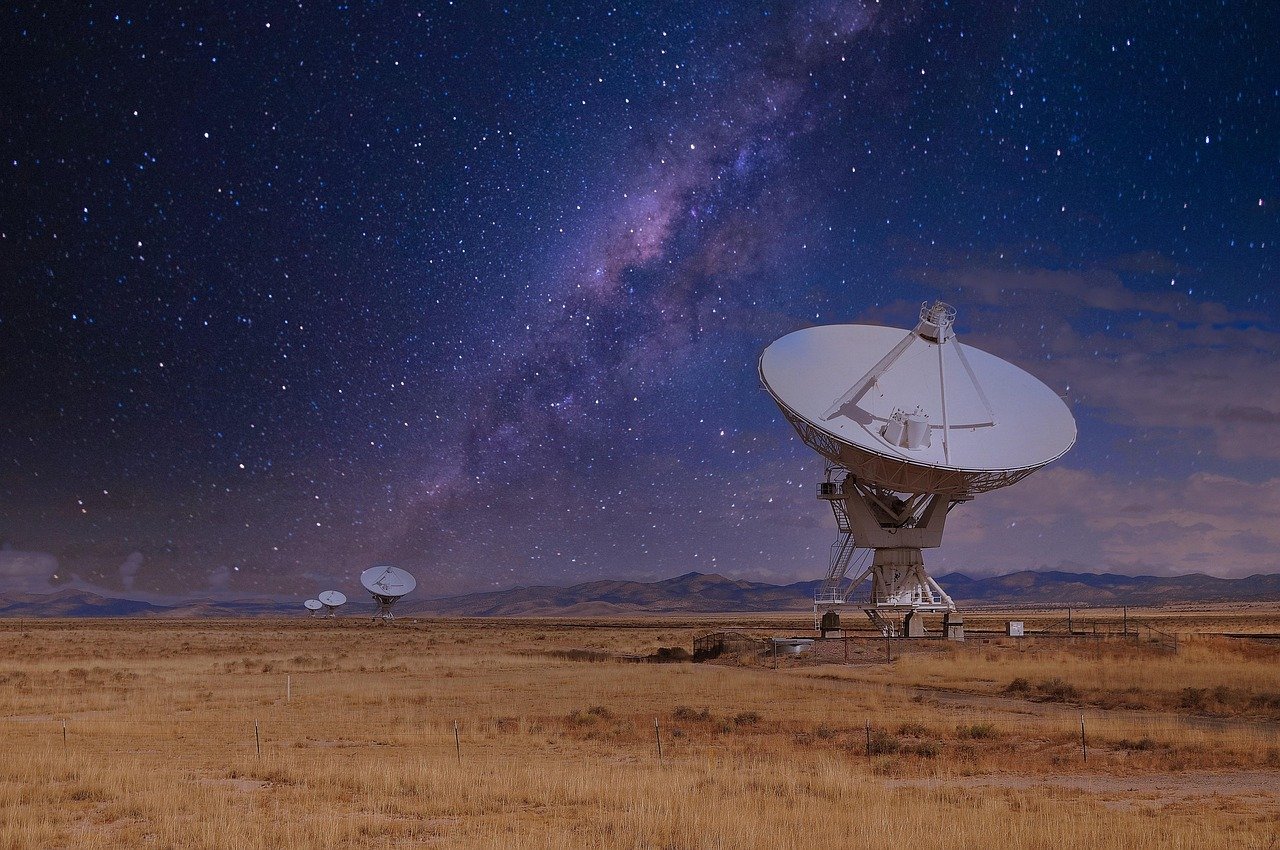
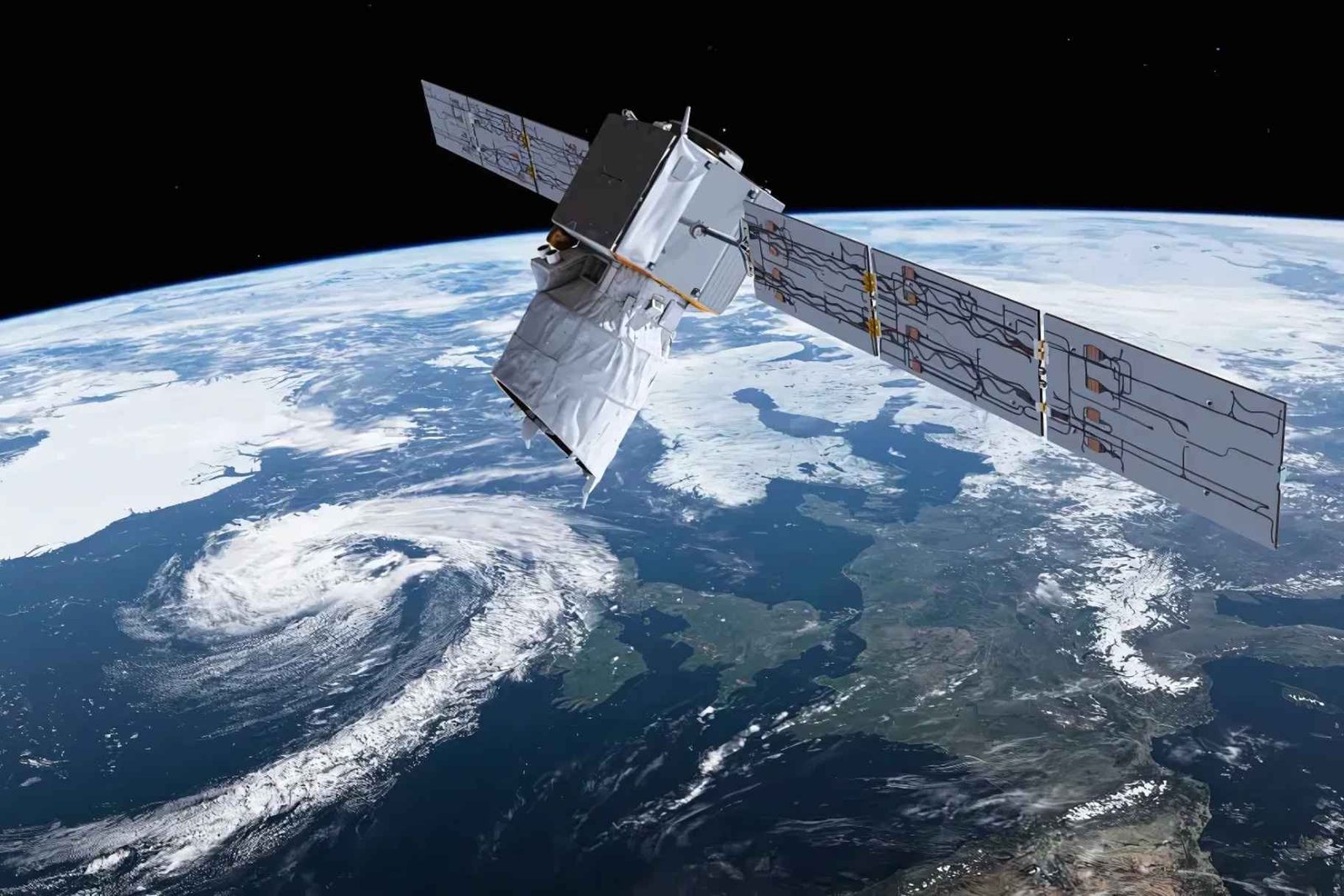

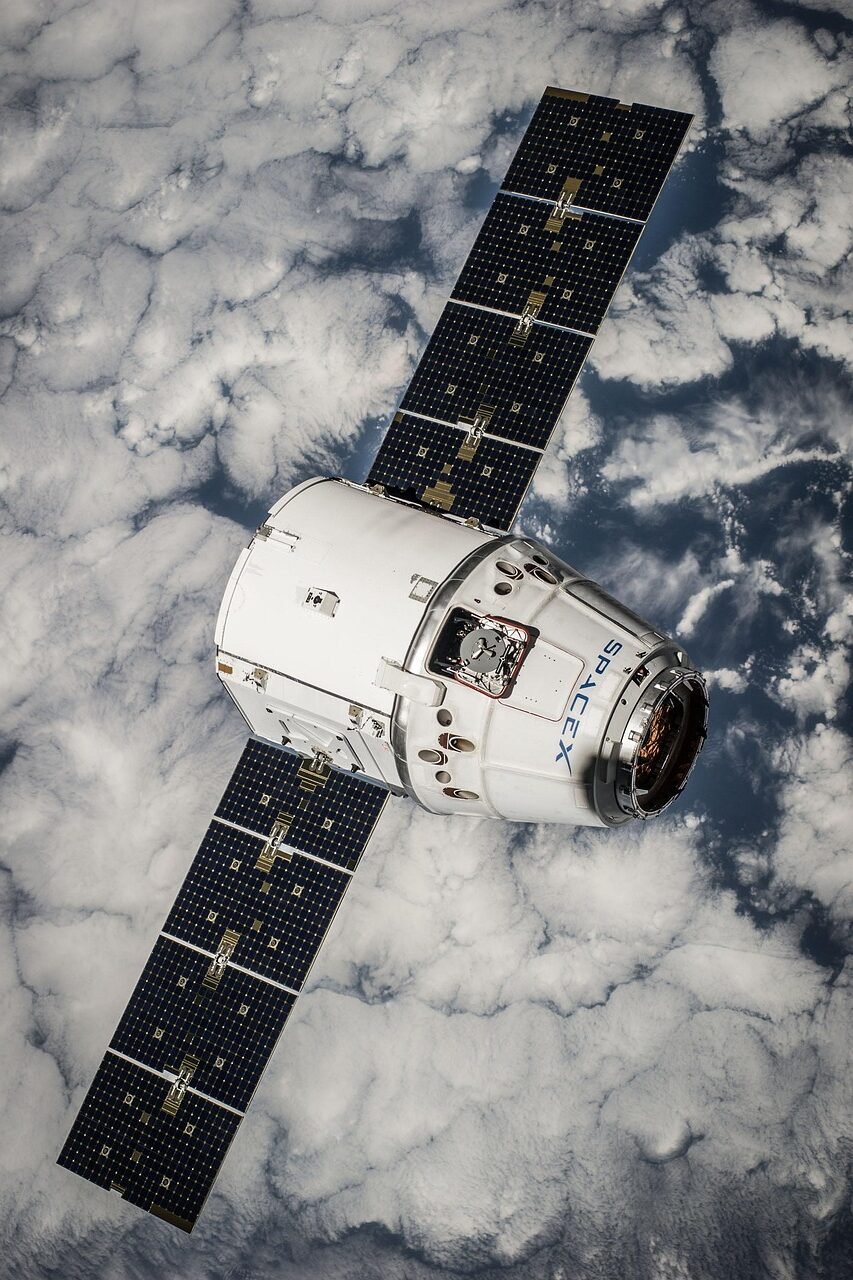

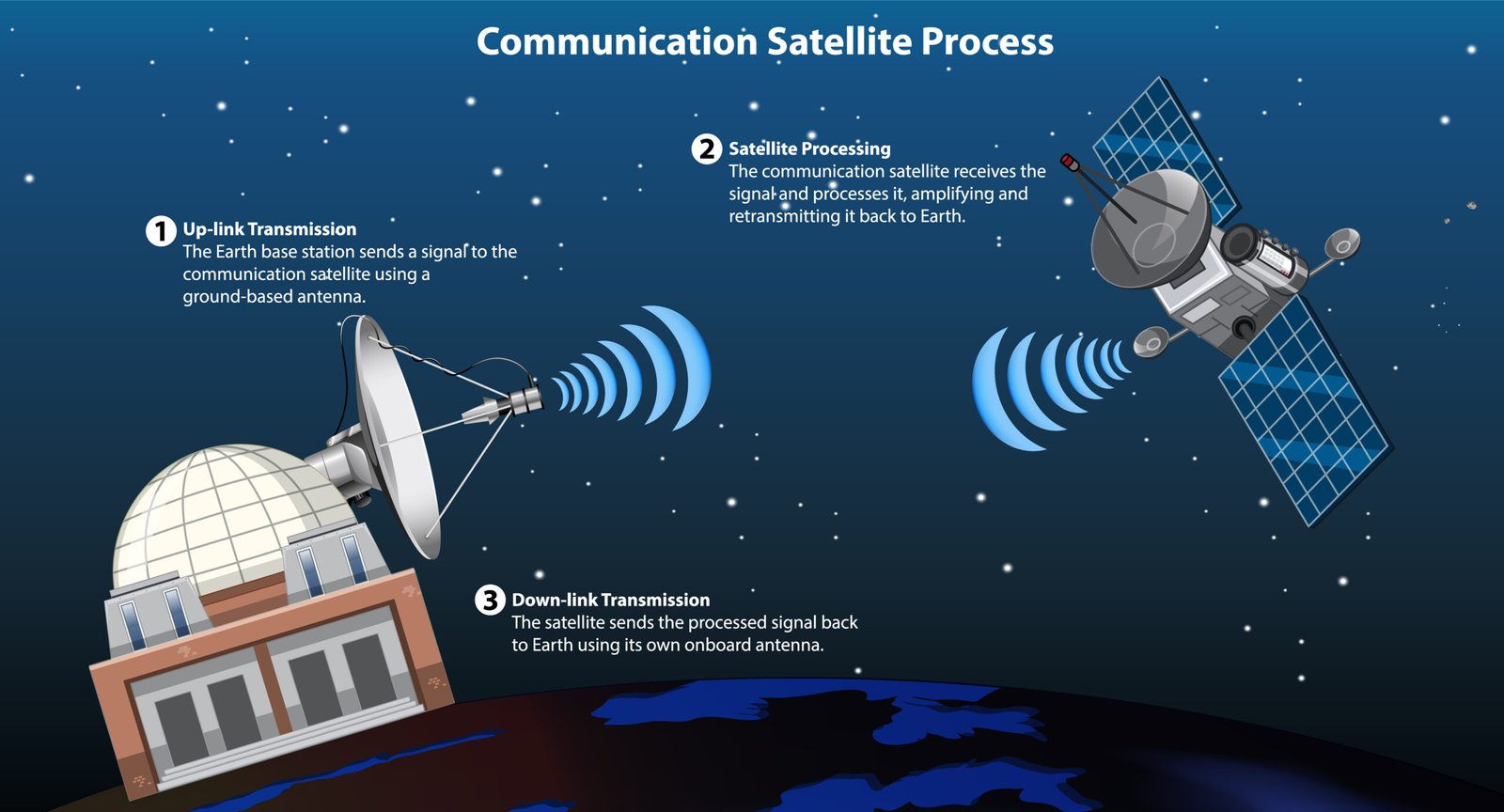
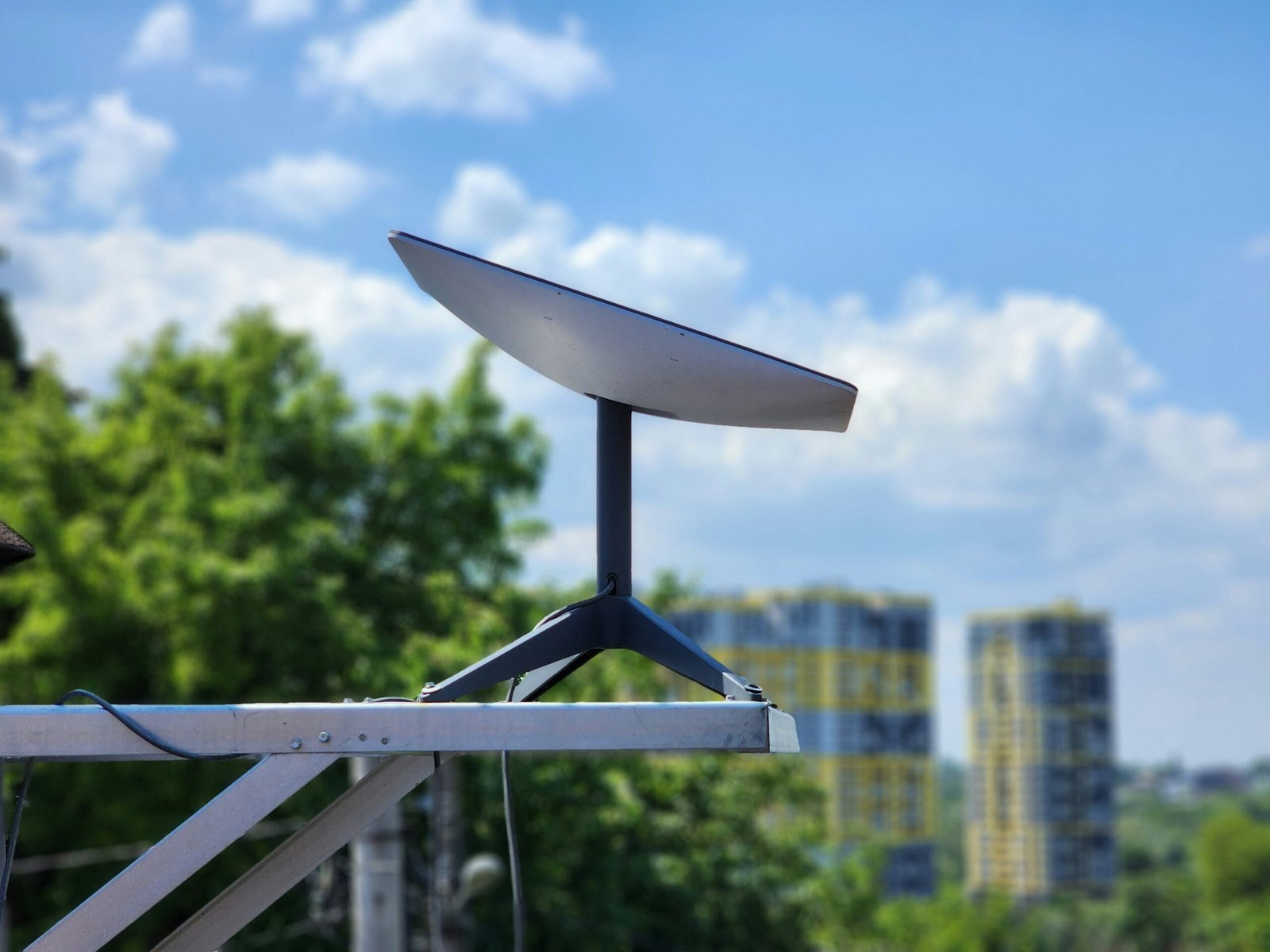
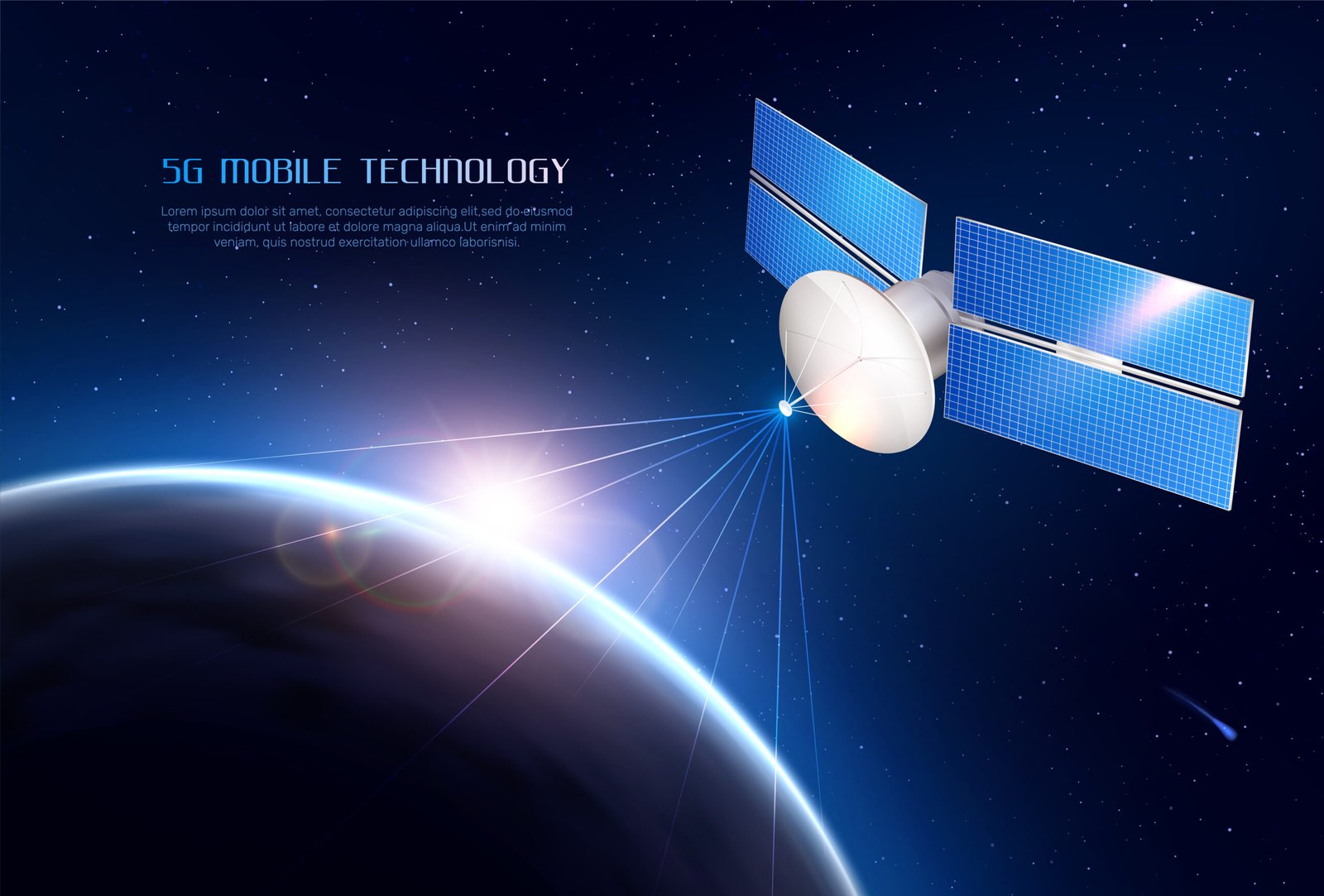





Leave a Reply